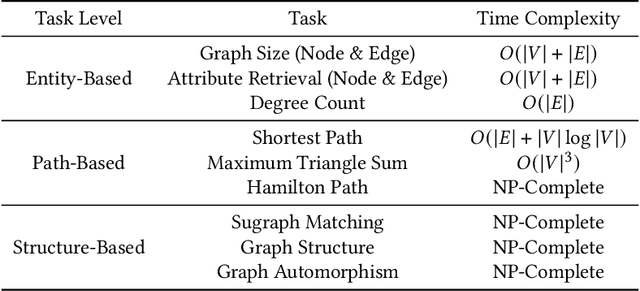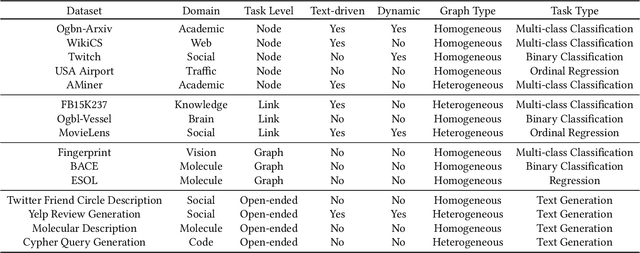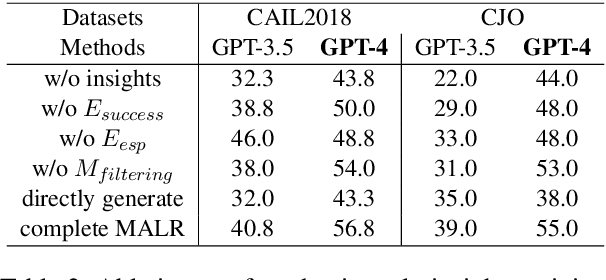Pengwei Yan
LangGFM: A Large Language Model Alone Can be a Powerful Graph Foundation Model
Oct 19, 2024



Abstract:Graph foundation models (GFMs) have recently gained significant attention. However, the unique data processing and evaluation setups employed by different studies hinder a deeper understanding of their progress. Additionally, current research tends to focus on specific subsets of graph learning tasks, such as structural tasks, node-level tasks, or classification tasks. As a result, they often incorporate specialized modules tailored to particular task types, losing their applicability to other graph learning tasks and contradicting the original intent of foundation models to be universal. Therefore, to enhance consistency, coverage, and diversity across domains, tasks, and research interests within the graph learning community in the evaluation of GFMs, we propose GFMBench-a systematic and comprehensive benchmark comprising 26 datasets. Moreover, we introduce LangGFM, a novel GFM that relies entirely on large language models. By revisiting and exploring the effective graph textualization principles, as well as repurposing successful techniques from graph augmentation and graph self-supervised learning within the language space, LangGFM achieves performance on par with or exceeding the state of the art across GFMBench, which can offer us new perspectives, experiences, and baselines to drive forward the evolution of GFMs.
Can Large Language Models Grasp Legal Theories? Enhance Legal Reasoning with Insights from Multi-Agent Collaboration
Oct 03, 2024



Abstract:Large Language Models (LLMs) could struggle to fully understand legal theories and perform complex legal reasoning tasks. In this study, we introduce a challenging task (confusing charge prediction) to better evaluate LLMs' understanding of legal theories and reasoning capabilities. We also propose a novel framework: Multi-Agent framework for improving complex Legal Reasoning capability (MALR). MALR employs non-parametric learning, encouraging LLMs to automatically decompose complex legal tasks and mimic human learning process to extract insights from legal rules, helping LLMs better understand legal theories and enhance their legal reasoning abilities. Extensive experiments on multiple real-world datasets demonstrate that the proposed framework effectively addresses complex reasoning issues in practical scenarios, paving the way for more reliable applications in the legal domain.
Empowering Dual-Level Graph Self-Supervised Pretraining with Motif Discovery
Dec 19, 2023



Abstract:While self-supervised graph pretraining techniques have shown promising results in various domains, their application still experiences challenges of limited topology learning, human knowledge dependency, and incompetent multi-level interactions. To address these issues, we propose a novel solution, Dual-level Graph self-supervised Pretraining with Motif discovery (DGPM), which introduces a unique dual-level pretraining structure that orchestrates node-level and subgraph-level pretext tasks. Unlike prior approaches, DGPM autonomously uncovers significant graph motifs through an edge pooling module, aligning learned motif similarities with graph kernel-based similarities. A cross-matching task enables sophisticated node-motif interactions and novel representation learning. Extensive experiments on 15 datasets validate DGPM's effectiveness and generalizability, outperforming state-of-the-art methods in unsupervised representation learning and transfer learning settings. The autonomously discovered motifs demonstrate the potential of DGPM to enhance robustness and interpretability.
 Add to Chrome
Add to Chrome Add to Firefox
Add to Firefox Add to Edge
Add to Edge